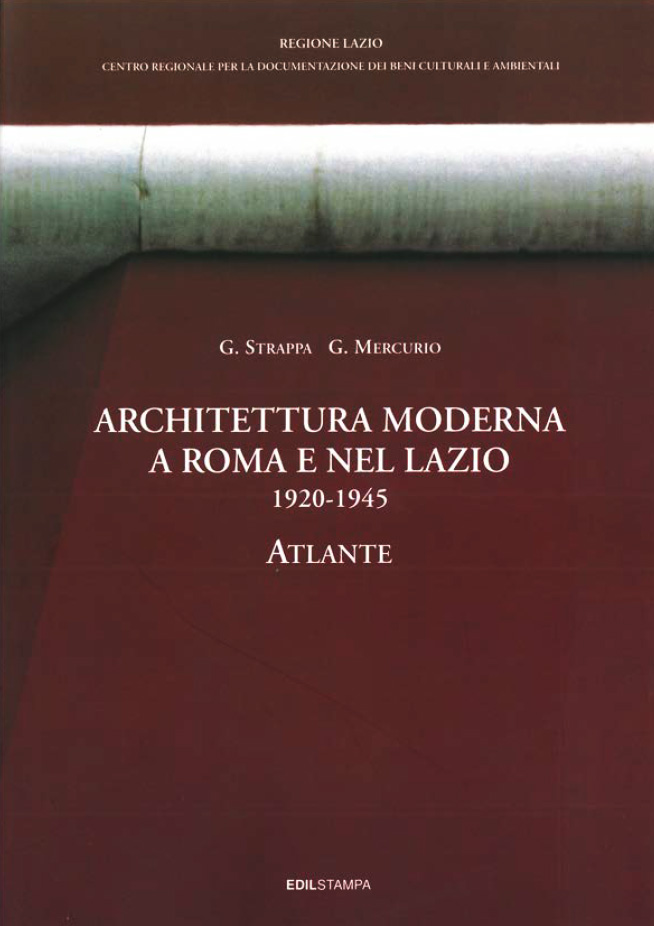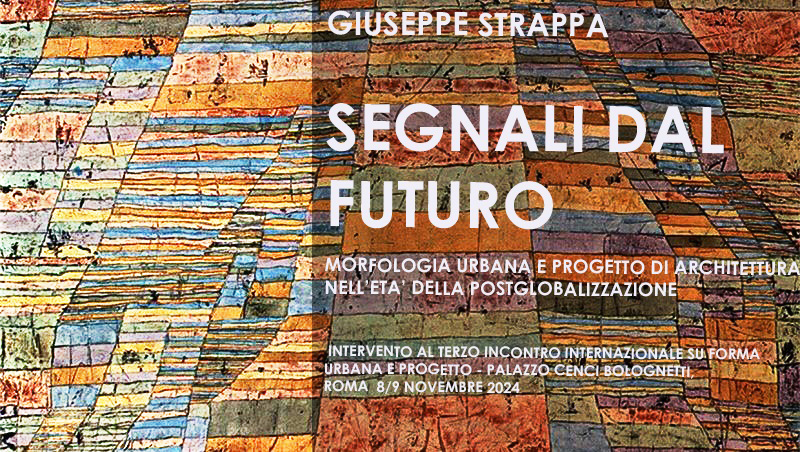EDILSTAMPA – ROMA – 1996


La lettura morfologica della città come strumento di progetto. Intervento di apertura delle giornate di studio “Forma Urbana e Progetto”, terzo incontro di studio sulle prospettive internazionali di ricerca tenuto nei giorni 8-9 Novembre 2024 presso Palazzo Cenci Bolognetti, Via di S. Maria de’ Calderari 38, Rome, Lecture hall.
Luigi Franciosini, Cristina Casadei, Restauro e valorizzazione del Complesso delle Sette Sale a Colle Oppio,
in U+D n.21

Non è sempre necessario che il vero prenda corpo; è già suffciente che aleggi nei dintorni come spirito e provochi una sorta di accordo come quando il suono delle campane si distende amico nell’atmosfera apportatore di pace. (Goethe, 1998).
CONTINUA A LEGGERE L Franciosini C Casadei
da U+D Urbanform and Design n° 1 LINK Murario tedesco U+D Strappa